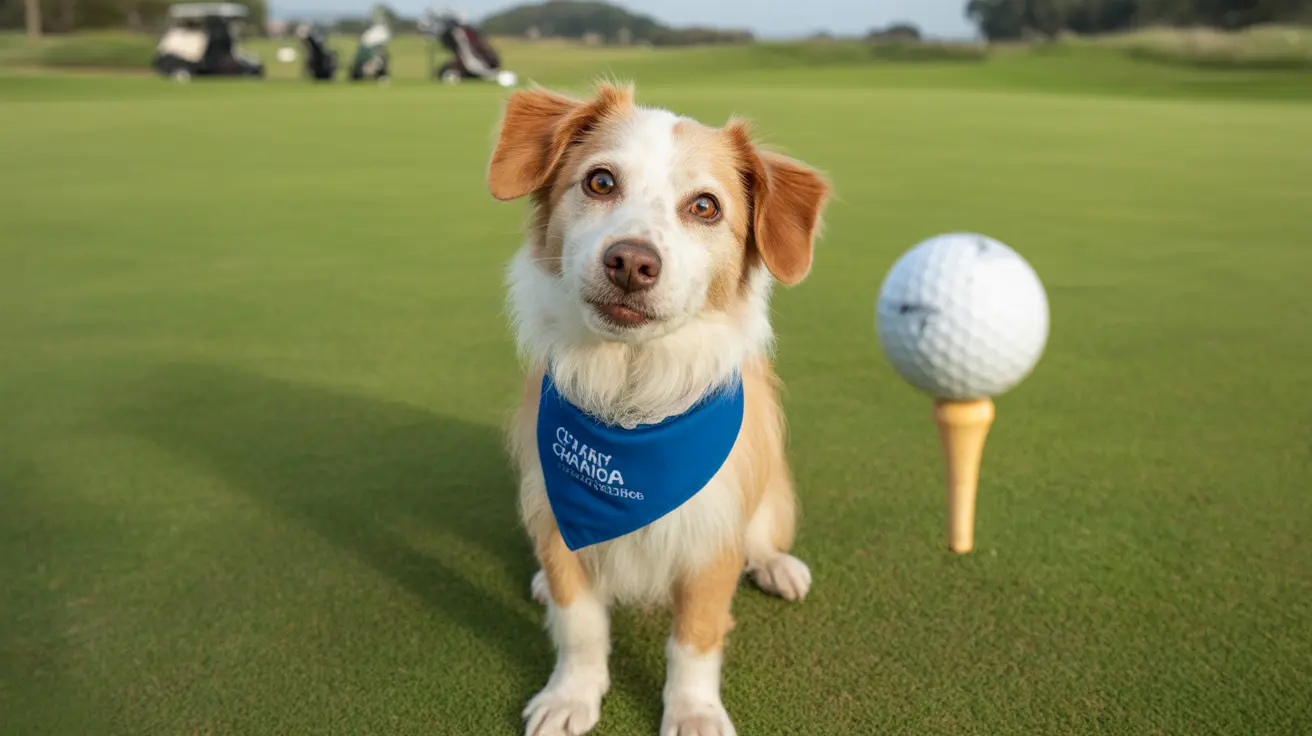What Do Dogs Dream About When They Whimper?
Dogs have fascinated humans for centuries with their behaviors—especially while they sleep. Many dog owners have noticed their furry companions twitching, running in place, barking, or whimpering during sleep. But what exactly are they experiencing when they whimper? Are they dreaming—and if so, what about?
Understanding Canine Sleep Cycles
Like humans, dogs experience different stages of sleep, including Rapid Eye Movement (REM) and non-REM sleep. REM sleep is when most dreaming occurs, and it's also the stage during which whimpering, twitching, or paddling of the legs is most common.
Key features of dog sleep cycles:
- Dogs spend about 12–14 hours sleeping daily, more for puppies and older dogs.
- Sleep cycles are shorter—lasting about 20 minutes per REM phase.
- During REM sleep, you'll observe eye movement, muscle twitches, vocalizations like whimpering or barking.
What Do Dogs Dream About?
Research indicates that dogs likely dream about their day-to-day experiences. Just as humans re-process daily events and emotions in dreams, so do our four-legged companions.
Common content of canine dreams includes:
- Playing fetch or tug-of-war
- Chasing other animals or being chased
- Eating their favorite treats
- Sniffing and exploring familiar or new environments
- Interacting with their owners and other dogs
Why Do Dogs Whimper in Their Sleep?
Whimpering during sleep is often a sign that a dog is emotionally engaged in a dream—much like people who talk or cry out while dreaming. It can range from soft squeaks to more extended vocalizations.
Possible meanings include:
- Excitement: Dreaming of playing with their favorite toy or companion.
- Fear or stress: Possibly reliving an unsettling experience.
- Affection or longing: Dreaming of reunion or bonding moments with their owner.
Is Dream Whimpering a Cause for Concern?
In most cases, sleep whimpering is completely normal. It's simply a window into a dog’s mental and emotional world. However, there are a few exceptions where it might require attention.
When to take note:
- If whimpering is excessive and accompanied by signs of distress while awake
- If your dog wakes up disoriented or frightened regularly
- If older dogs experience frequent disruptive sleep episodes, it could hint at cognitive issues
Helping Your Dog Sleep Peacefully
Ultimately, ensuring your dog feels safe and loved significantly improves the quality of their sleep and dreams. Here are a few ways to help your dog rest better:
Tips for restful canine sleep:
- Provide a consistent routine: Dogs thrive on predictability, which enhances emotional security.
- Create a cozy sleeping environment: A quiet, comfortable, and familiar place helps minimize stress.
- Ensure adequate physical and mental stimulation: Active dogs generally fall asleep faster and dream more positively.
- Watch for changes: Sudden shifts in sleep behavior should prompt a vet visit to rule out medical issues.
The Science Behind Dog Dreams
Scientific studies, particularly those at MIT, have revealed that animals like rats—and by extension, dogs—display brain activity during REM similar to their waking experiences. This suggests that dogs' dreams replay memories, sensations, or emotions they've encountered.
Final Thoughts
A whimpering dog during sleep is likely immersed in a vivid dream influenced by their daily life. Whether they’re chasing a squirrel or cuddling beside you in their mind, it’s a natural part of their mental and emotional processing. So next time your pooch whimpers in their sleep, give them a gentle smile—they’re off on an adventure in dreamland.





